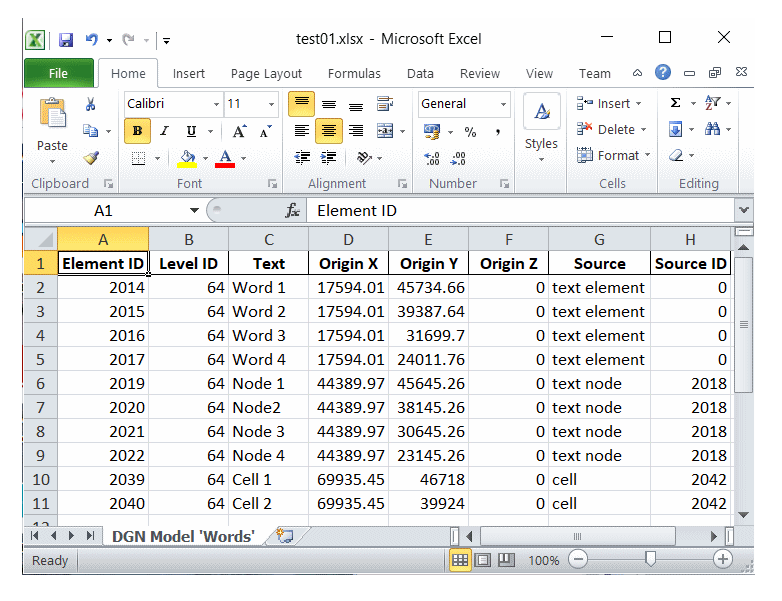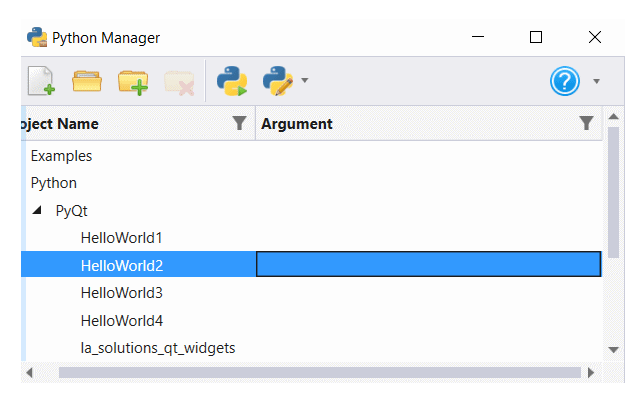Import Text using MicroStation Python
Q How do I import Text Elements using MicroStation Python? I want to read an Excel file that contains text and coordinates, and place the text at each coordinate.
A Here's a small Python program that reads Excel data and creates DGN text elements. It uses Python pandas to read an Excel file of text element coordinates and text content.
Text Round-Trip
We occasionally read a post on Be Communities: MicroStation Forum about round-tripping text between MicroStation and Excel. By 'round-tripping' we mean …
- Export text from a MicroStation DGN file to Excel
- Modify the text in Excel
- Import text from Excel to MicroStation, replacing existing text
You can use Python projects Export Text and Import Text as the foundation of such a round-tripping application.
Caveat
This project does little else than existing MicroStation tools such as XYZ Text. However, those tools don't teach you anything about Python, which is the purpose of this article. Going beyond Python, it introduces pandas: the key to reading an Excel file in just a few lines of code.
Python Implementation
The Import Text Elements example borrows from Python articles and examples delivered with MicroStation Python.
We build a list of point data from an Excel file. The Excel file should contain a worksheet something like this …

- Get a named Text Style
- If the style is unavailable, use the text style from MicroStation's active settings
- For each row of point data
- Get the text from column Text
- Get the coordinate from columns X, Y and Z
- Create a DGN text element at the specified coordinates
This project, and some others, make use of a PointElementInfo class.
It's described here.
ImportPointElements
Function ImportPointInfoFromExcel uses
pandas to read an Excel
file to obtain the list of PointElementInfo.
We need a file name to create the Imported data.
GetTableInputFolder() is provided by la_solutions.configuration_vars.
In this example, the Excel file is hard-coded …
from la_solutions.configuration_vars import GetTableInputFolder
_, folder = GetTableInputFolder()
excelFile = os.path.join(os.path.dirname(os.path.abspath(folder)), EXCEL_TEST_FILE)
Here's the essence of using pandas to read an Excel file …
with pd.ExcelFile(excelFile) as reader:
frame = pd.read_excel(reader, "sheet01")
The Python source code of Import Text Elements is available for download.
Folder Structure
There's a description of our Python project folder structure.
Usage
Import Text Elements is intended to be run from MicroStation's Python Manager.

Unpack the ZIP file and copy the Python file into a folder that MicroStation knows about.

Use MicroStation's Python Manager to find and execute the script.
Questions
Post questions about MicroStation programming to the MicroStation Programming Forum.
